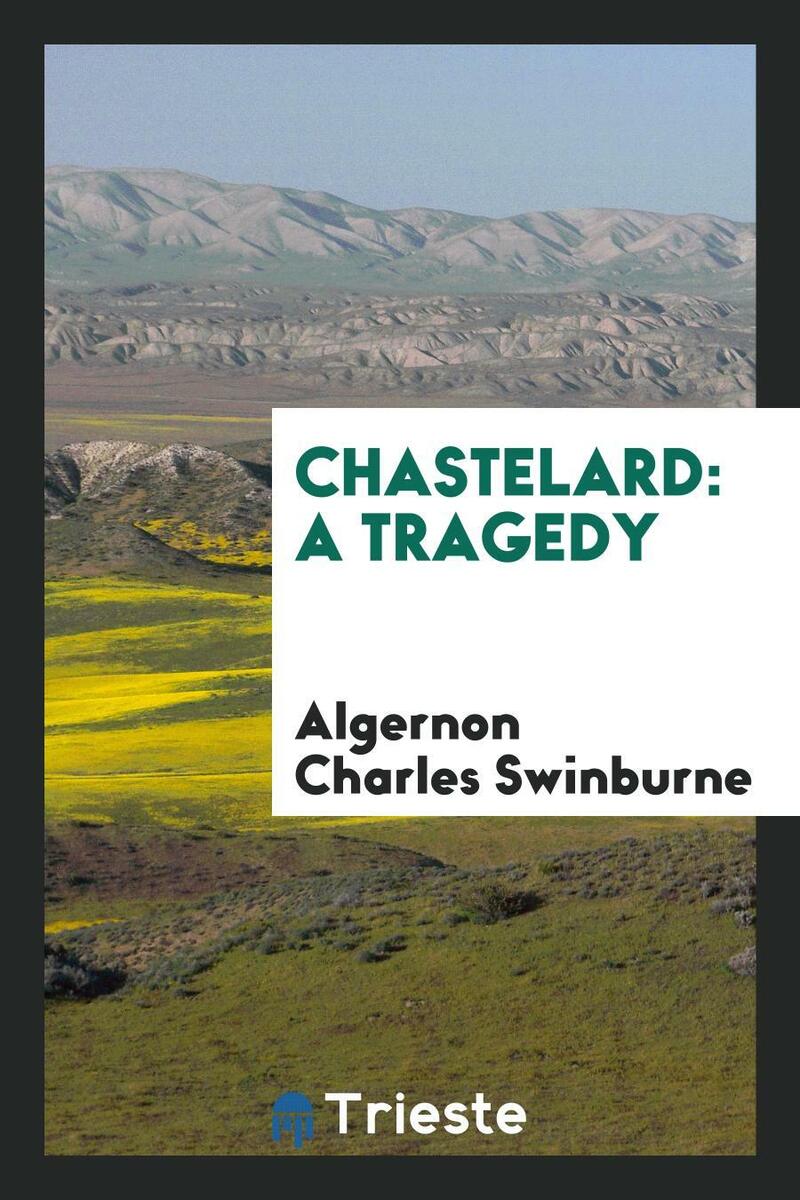SCENE III — The Upper Chamber in Holyrood.
byScene III unfolds with Queen Mary’s decision placing her at the heart of a deeply human and political conflict, where emotions and duties become dangerously entangled. The Queen, determined to intervene in Chastelard’s sentencing, declares a readiness to share in his punishment, a reflection of both her affection and her inner turmoil. She speaks not as a sovereign detached from consequence, but as a woman bound by a growing sense of helplessness. Her commands to Mary Beaton and Mary Carmichael—to observe silently from Holyrood—suggest more than royal discretion. They reflect the burden of leadership where even mercy must be concealed beneath strategy. Through this maneuver, she separates herself from public perception, laying the groundwork for both misunderstanding and silent defiance. Her actions reveal that power cannot always shield what the heart cannot let go.
From their perch, the two Maries watch events unfold with distinct emotional lenses. Carmichael notes the indifferent rhythm of the gathered crowd, while Beaton’s gaze narrows onto the coming tragedy with dread. Her growing resentment for the Queen intensifies, driven not by politics but by love lost and loyalty betrayed. Though Carmichael urges calm, Beaton anticipates betrayal disguised as mercy. The Queen’s beauty and charm, she suggests, are weapons that mask colder intentions. Below, the crowd remains unaware of the emotional weight suspended above them. When Chastelard is finally brought forward, the noise, the shifting faces, and the silent spectating all become part of a performance no one can rewrite. Beaton’s dread becomes real, her prayers tangled with anger and regret.
As Chastelard stands before his fate, a strange dignity surrounds him. He is described as unshaken, even cheerful—his smile a veil, his calm perhaps born from knowing no other outcome could have followed. The public’s fascination clashes with the private ache in Beaton’s heart. She imagines what words he might say, what farewell he might offer if he knew she watched. The execution, while swift, feels stretched across a canvas of silence and judgment. Carmichael observes how death steals nothing from his presence—it only finalizes what life and politics could not resolve. As the axe descends, Beaton’s world fractures. She finds no comfort in the ritual, only a final severance from something once deeply cherished.
Mary Beaton, shaken but resolute, demands to see the fallen body. Her insistence is not for closure but for connection—to the truth of what has been lost and to the pain that comes with seeing it. She walks through the echoing halls of Holyrood not as a lady of the court, but as a mourner confronting what history cannot soften. Even as Carmichael hesitates, Beaton chooses to face death directly, believing that only then will Chastelard’s story end for her. The Queen’s role remains cloaked in ambiguity—was she too late, or did she never truly intend to stop what was always destined? In this, the chapter leaves readers not with resolution, but reflection: on loyalty strained by love, on justice shaped by silence, and on the hearts that carry grief long after crowds have dispersed.
For readers, this chapter speaks volumes about the conflict between private emotion and public responsibility. It also captures how power, once romanticized, becomes a cage for those caught in its demands. Queen Mary is not simply a monarch here—she is a woman reckoning with decisions that, no matter how justified, leave her wounded and isolated. Mary Beaton’s anguish offers a mirror to our own helplessness in witnessing loss. The story urges us to recognize that tragedy is rarely sudden; it is built, moment by moment, by choices unspoken, desires repressed, and truths denied. Through this, Swinburne reminds us that the grandest tales of history are also the quietest portraits of grief.


